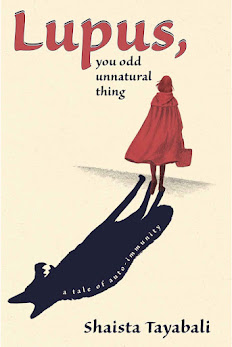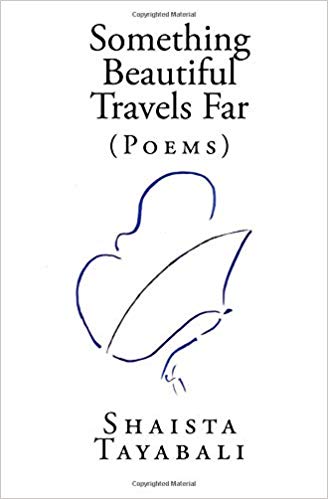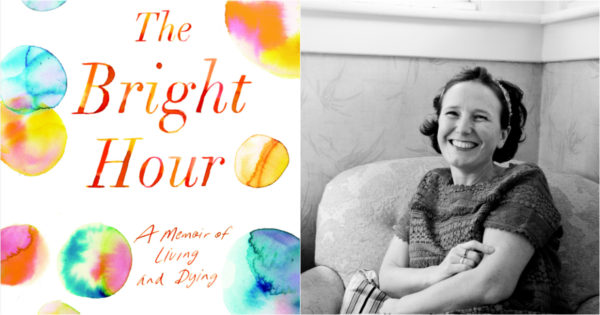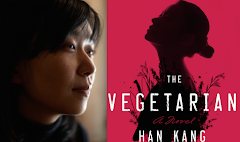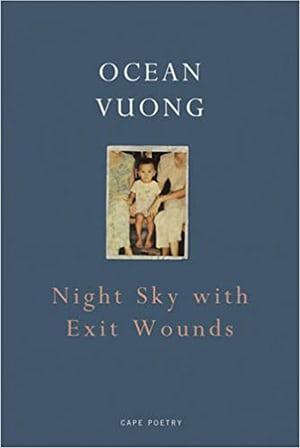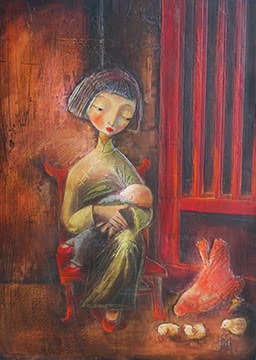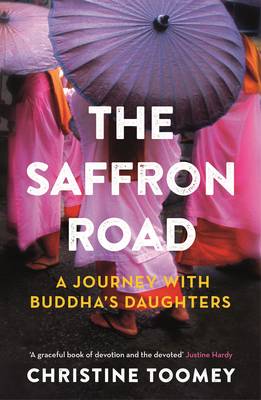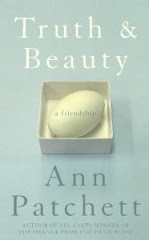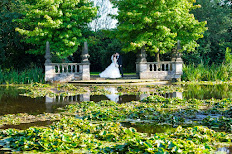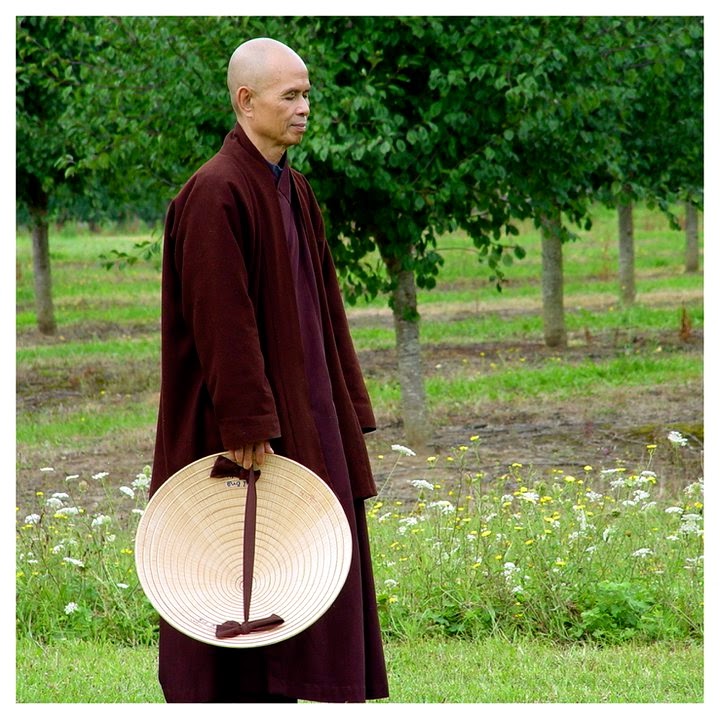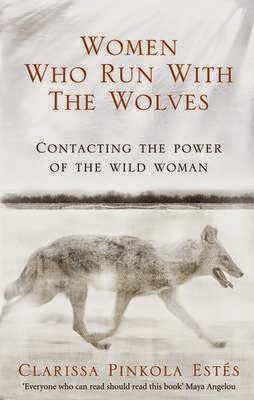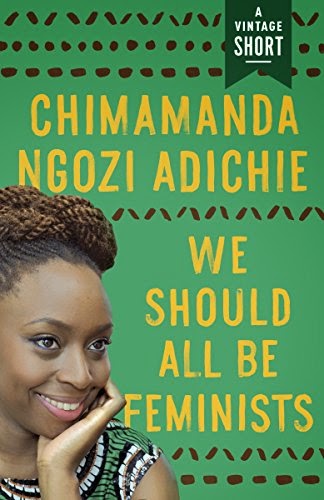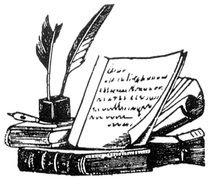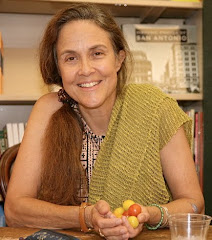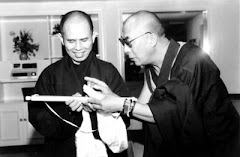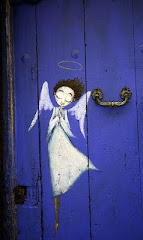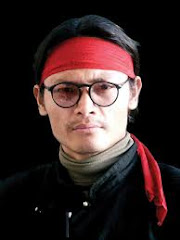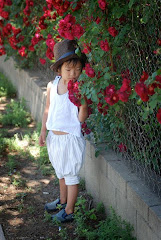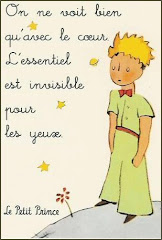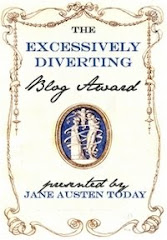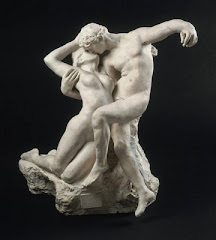Sleep has
always been a shy, mysterious, elusive sheep for me - rarely does she come when
I call.
But lately, sleep is more fractured
than ever.
I read in a piece by Mary Karr, poet
and memoirist, that during this year's American election, doctors suddenly had
a rush of patients ringing in or reporting as emergencies, cases of false
tachycardia. My own persistent tachycardia this year may be rooted in more
determinedly medical background, but now I wonder if I too am experiencing a
world wide case of shared disturbance of the heart.
These are troubled times. More so than
ever before? I think not, on our personal levels. But on a global level, I
believe we may be experiencing a seismic shift in our comprehension of the
state of things.
A thing I think: human beings are
extraordinarily clever at denial. In our bones, we know we must die. But we
also know we must live in the face of such irrefutable knowing. To live as
though you are not dying is the art and craft we develop innately, from our
first squall.
And yet, here I am, awake in the
middle of the night; and yet, here we all are, anxious for what is to
come.
Buddha would say, 'What has come to
be', meaning what has come, has come to be, because of all things past leading to
this present. Not inevitability as fate, rather a collective gathering of
historical human action and consequence has brought us to this pass. 'This is
because that is'. We cannot unlink ourselves from each other. Frederick
Douglass believed America to be wilfully blind in 1862 ('We have sought to
bind the chains of slavery on the limbs of the black man, without thinking that
at last we should find the other end of that hateful chain about our own
necks.' from his speech 'The
Reasons for our Troubles') and wilfully blind she continues to be.
But here we are, on the eve of a new
leadership, which will implicate us all, wide awake, hungry for comfort, with
very little comfort to be had.
Last evening before I fell asleep for
a while, I attended a paper on Vietnamese-American writer lê thi diem thúy, author of the acclaimed novel The Gangster We Are All Looking For, and
later went to a theatre performance of A
Room with a View starring
Felicity Kendal. While watching E. M. Forster's novel turned to play, I was
making all sorts of connections between modernism and post war immigrant
diaspora writings, until Kendal spoke this line: 'Novels aren't silly.
Literature can influence things, sometimes.' She was speaking as Charlotte
Bartlett, but it was Forster asserting himself, for all time, with that dictum.
It was a clear bell reminding me of
the more recent affirmations of Toni Morrison and Atul Gawande, Mary Karr and
Junot Diaz - the arts matter now more than ever. Our individual voices,
thoughts, small decisions, matter. Resistance looks like protest marches, but
true resistance begins with just one person choosing to think or behave in more
awareness of themselves and one other. Look a little closer at the fellow human
being beside you. Perhaps he is crouched outside the theatre, soaked in his
black garments, because it rained while you were inside the warmth of the
theatre, and he was outside making his sign (PLEASE HELP), awaiting the richest
of the town folk to bring his coin collection up to the figure necessary to
enable a night in the hostel.
Perhaps you saw him and crouched down
beside him and emptied your pockets of notes and coins. You put your hand on
his shoulder and he said, 'God bless you.' Perhaps you walked by, not seeing
him at all, heading to your car, your home, your family. Perhaps you saw and
walked quickly past anyway.
Be sure he saw it all.











